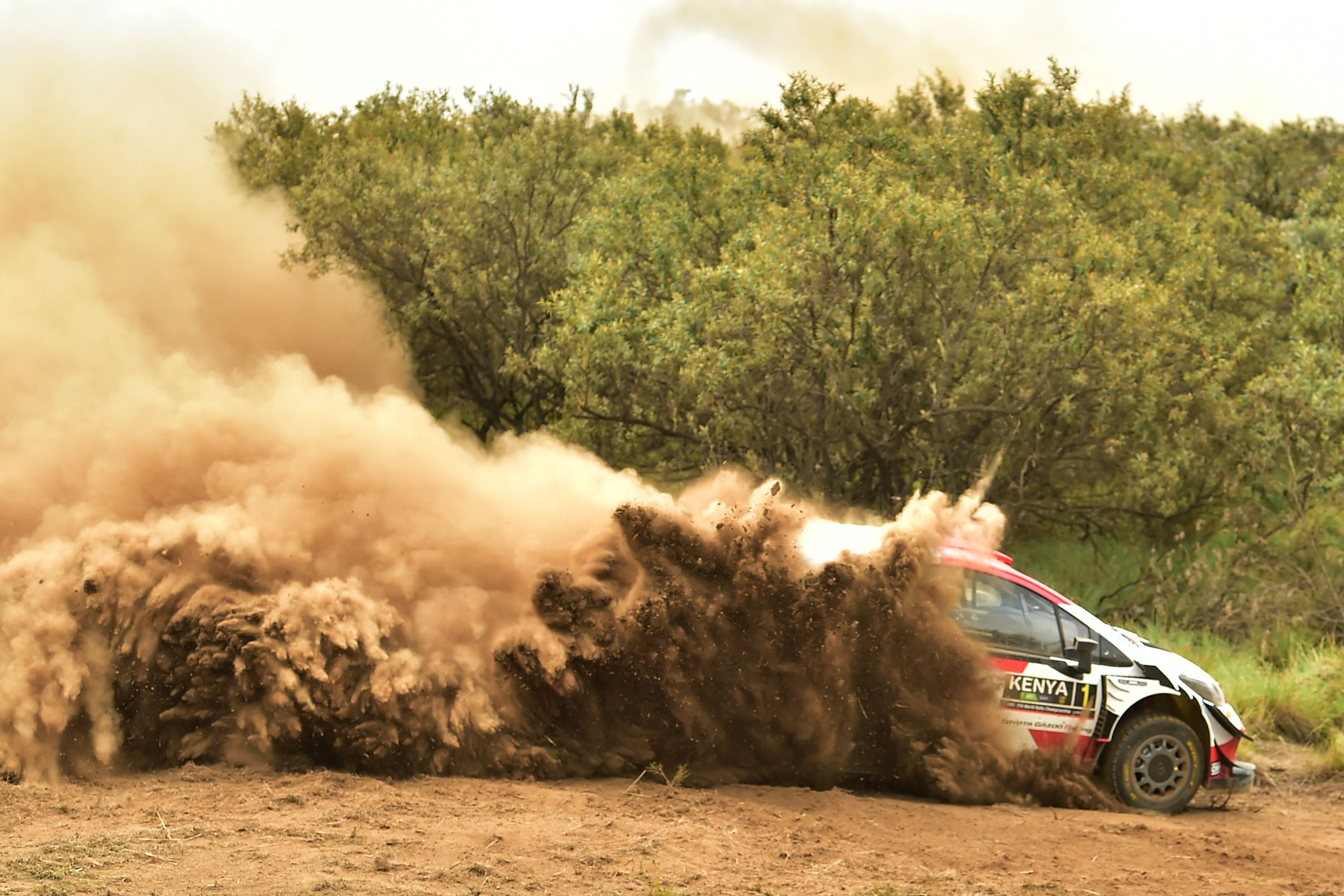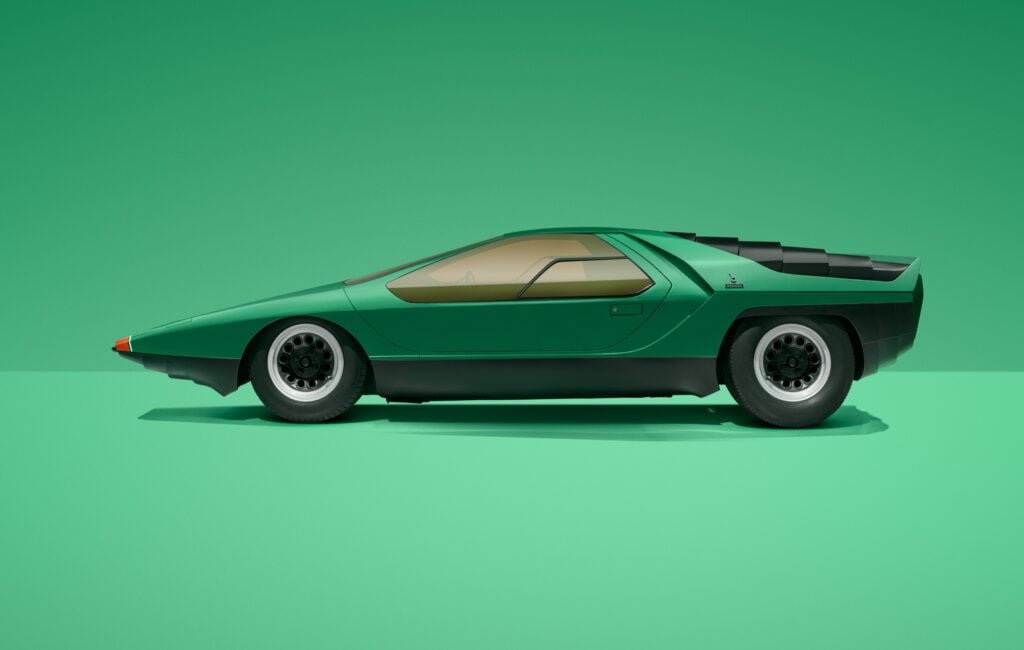The World Rally Championship returned to Africa recently after a two-decade hiatus. Was it a ‘real’ Safari rally? No, not really, and nor could it be. In this day and age, having open roads and 2500km routes simply isn’t possible, but any fears the need to accept a European-style itinerary and accommodate live television would water down the challenge were unfounded.
Giraffes stood stage-side, there were real life zebra crossings, random downpours turned the roads into an ice rink and one car even got stuck. I’ve been watching the WRC a long, long time, but never have I seen a car fail to finish a stage simply because it got bogged. Deep dust, called fesh-fesh, required plenty of commitment, but when his vision became obscured by said dust, Finnish young gun Kalle Rovanperä lifted and his Toyota Yaris sunk onto its underbelly, the wheels spinning helplessly.
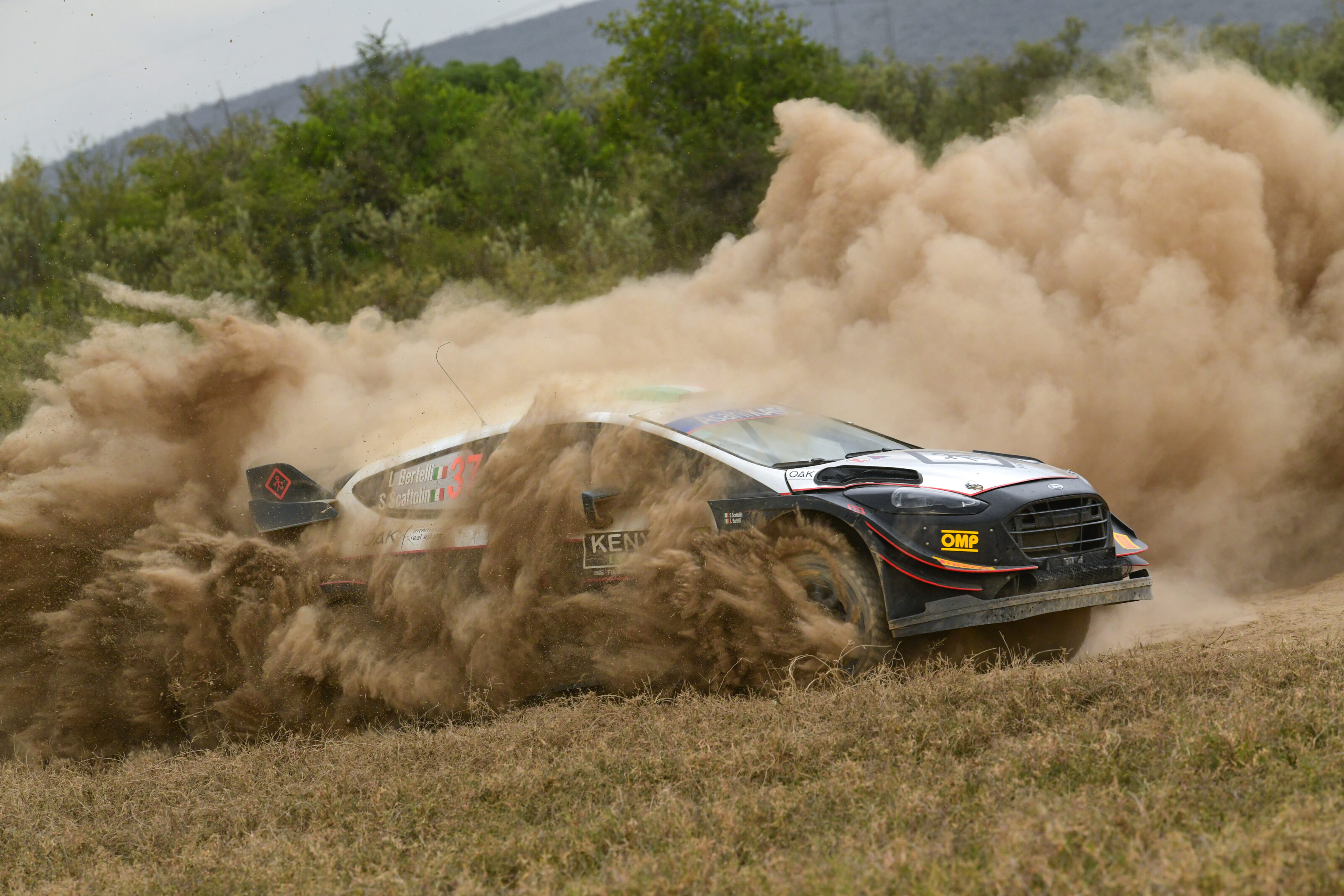
It was like when you hold a dog above water and its legs start paddling but it isn’t going anywhere. The stage was stopped and Kalle retired. Sebastien Ogier won – of course he did – but was lucky to do so having blown his rear dampers on the opening morning and lost multiple minutes. It was riveting viewing with constant action and it got me thinking. Why was this so compelling?
There were concerns about taking the latest generation of World Rally Cars to Kenya. Once upon a time, manufacturers built detuned, beefed-up Safari specials at vast expense, but these latest machines had nothing more than a little extra ride height. A current World Rally Car is a thoroughbred, designed to go as fast as possible for a relatively short distance, with a 300kW 1.6-litre engine, sophisticated transmission and plenty of aero – not exactly the ideal spec for tackling the African savanna.
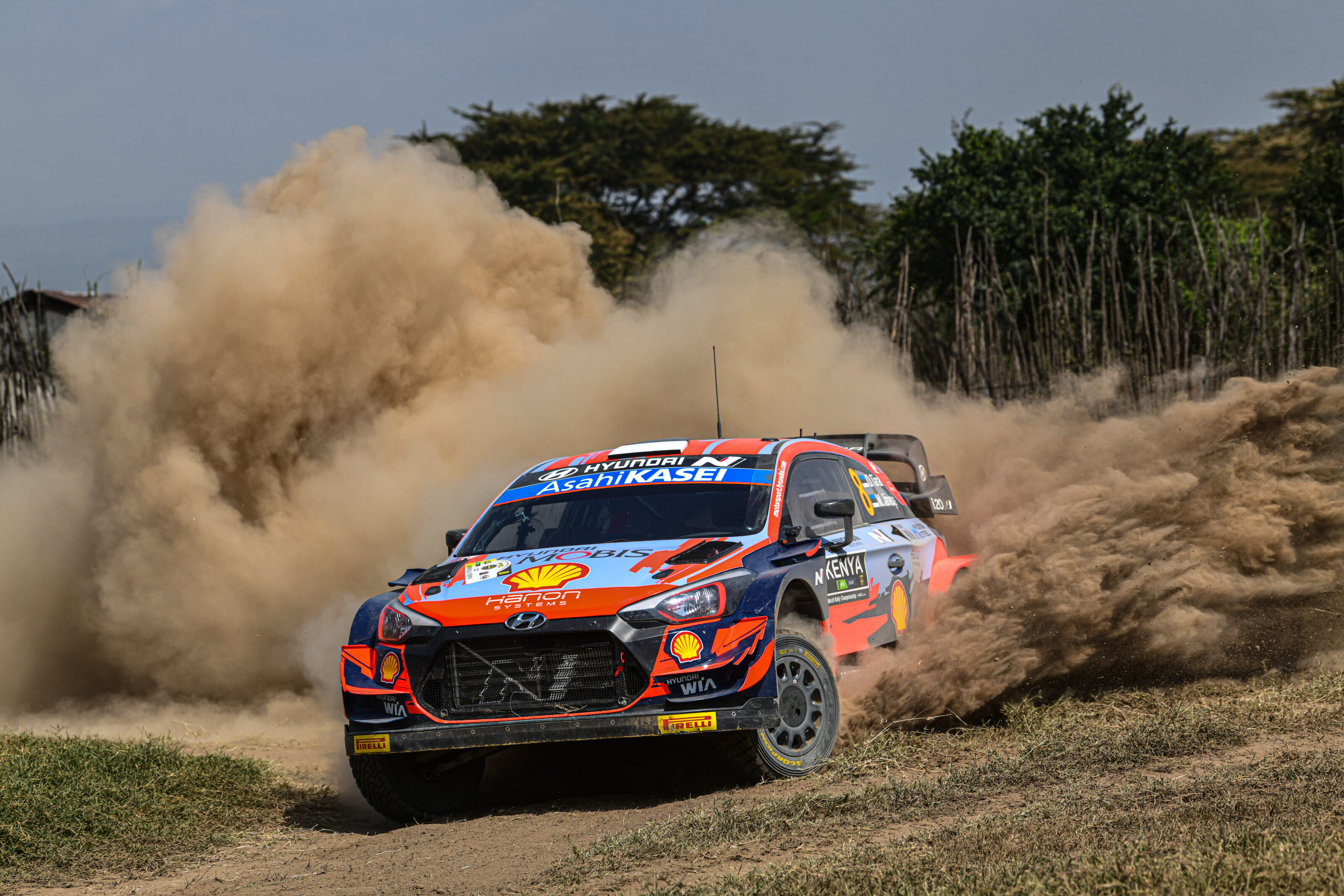
This caused a light bulb to go off: if you want exciting motorsport simply make sure the vehicles are outside their comfort zone. Why are wet F1 races invariably the most entertaining? Simple. Take a car that’s specifically designed to suck itself to the tarmac and remove the one thing it’s built to extract – grip. All of a sudden those finely honed wings and 1000 hybrid-assisted horsepower are at the mercy of four small, slippery contact patches.
My fellow columnist Cameron Kirby extolled the virtues of Stadium Super Trucks recently and he’ll find no argument here. These bellowing, wheel-standing, oversteering behemoths are another perfect example of this theory: Trophy Trucks are intended to bounce off Baja dunes, not hot lap road courses, yet every race is a must-watch.
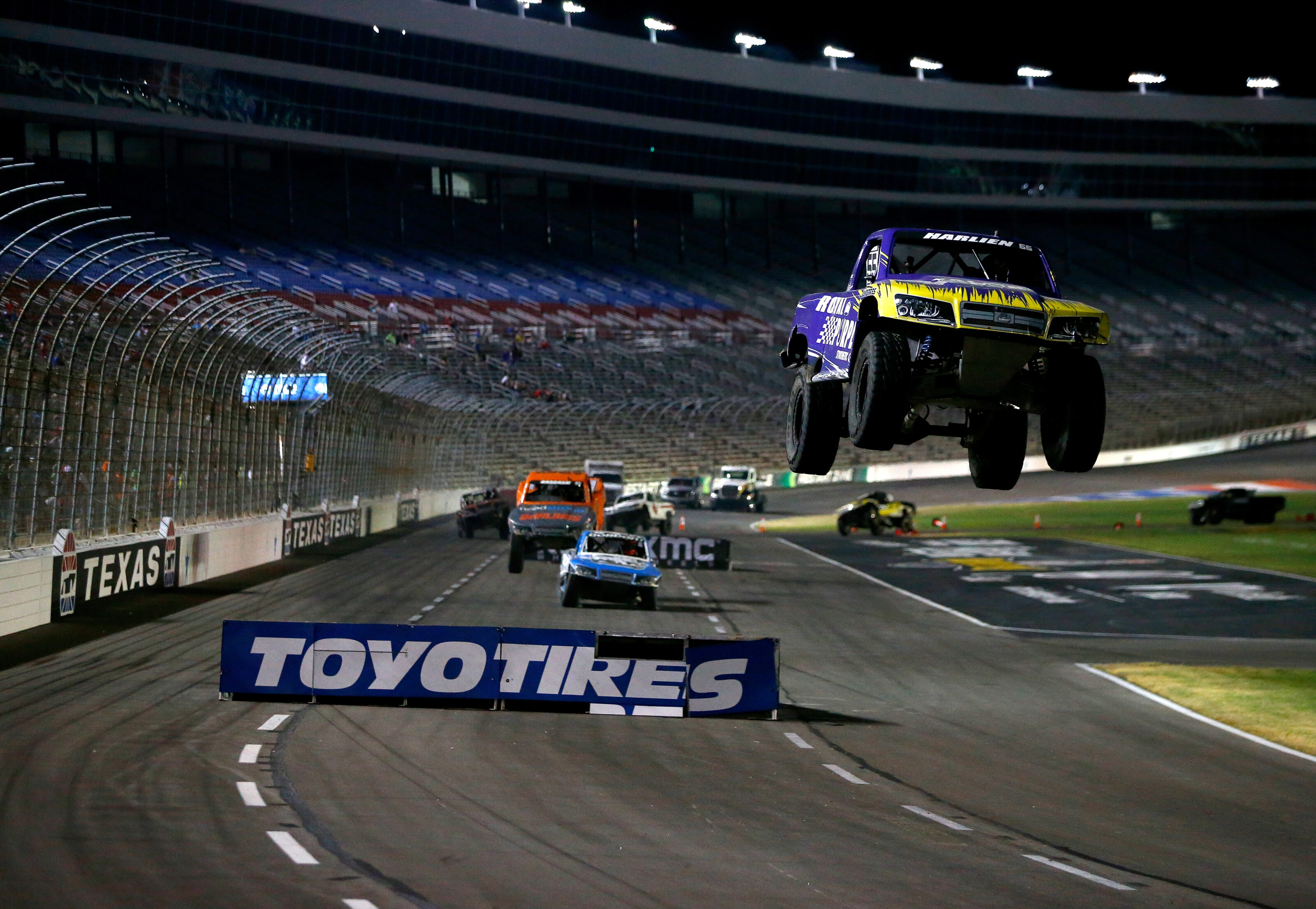
There is a clearly defined line, though. As the Kirbster mentioned, race series shouldn’t take themselves too seriously, nor be afraid to try new things, but fans will quickly revolt against any measure that feels contrived. Bernie Ecclestone’s infamous suggestion that random sprinklers be activated during a Grand Prix would certainly have had the desired effect of spicing up the action, but such a solution would feel too artificial, too random. Sport must be entertaining, but must also remain a meritocracy. The proposed reverse-grid format could arguably fall into the same category.
Technical regulations are an opportunity to introduce, if not chaos, then at least a degree of randomness. When Supercars still used an H-pattern manual gearbox drivers were constantly at risk of a mistake, a missed upshift killing momentum or fluffed downshift locking the rears and spinning the car. The move to sequential gearboxes eradicated most of that and if Supercars introduces paddle-shift it’ll disappear completely. F1’s cutting-edge tech regs also used to increase the jeopardy – you never knew when a car was going to meet a fiery doom thanks to an engine/transmission/hydraulics explosion.
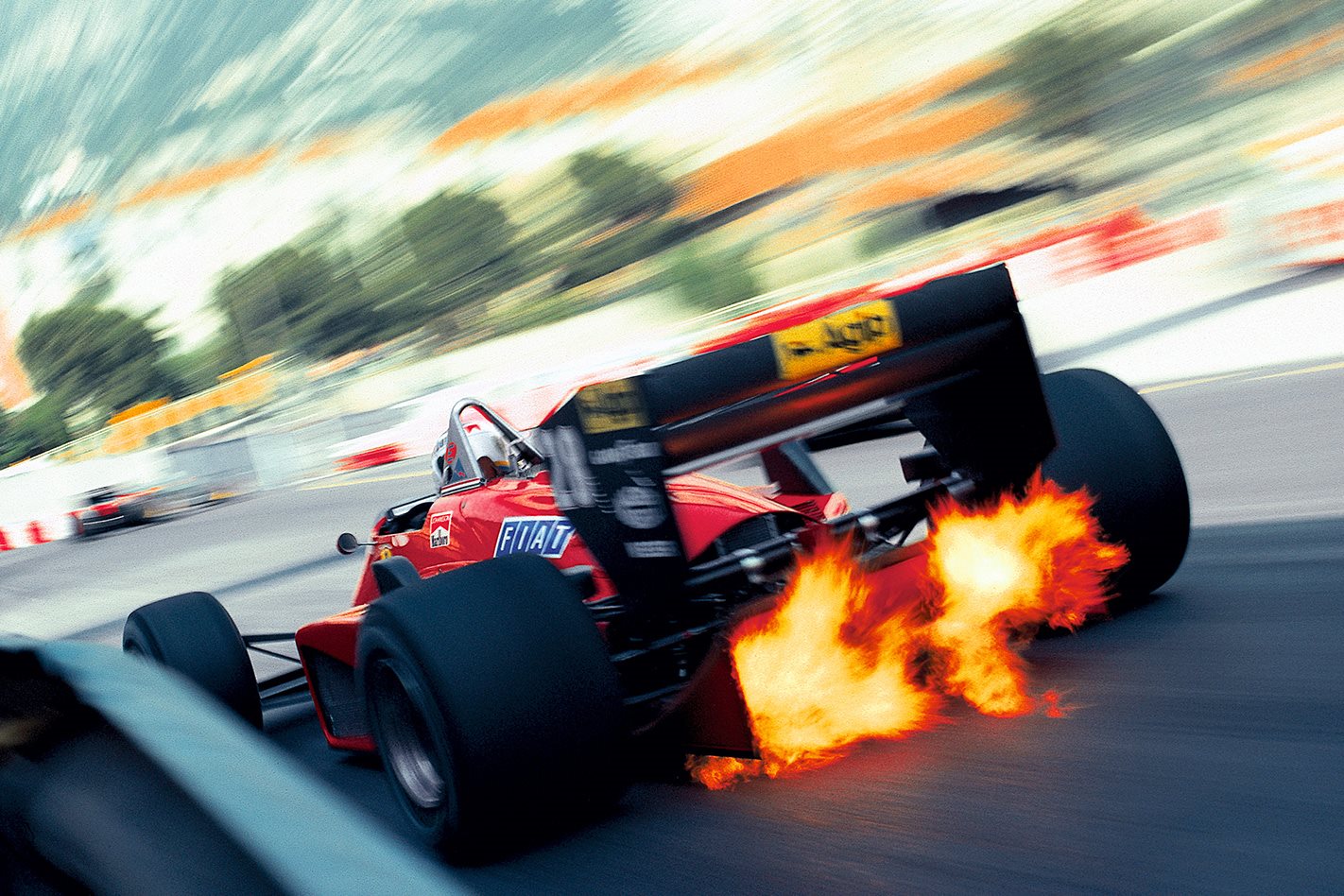
This brings me to my final point and the lesson we can take: manufacturers should never, ever be involved in creating either the sporting or technical regulations of a series. They want exposure and a contest but most of all they want control. Control of the variables, control of the message; the last thing they want to do is venture outside the comfort zone. The racing suffers as a result. There’s nothing more exciting than not knowing what’s going to happen next. Though some random zebras certainly don’t hurt.
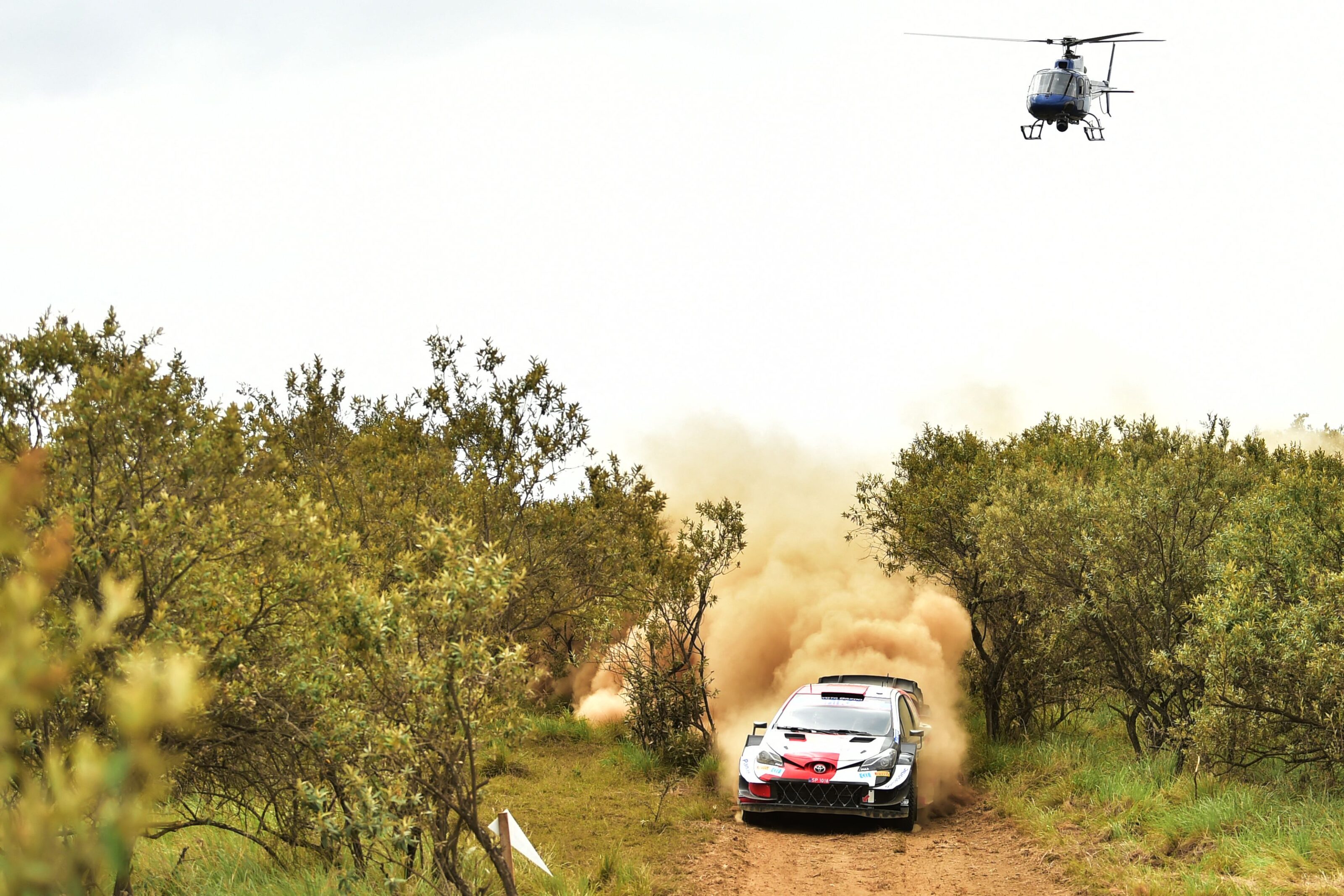
We recommend
-
 Opinion
OpinionOpinion: Is the new Nissan Z going to be a triumph or a tragedy?
We remain optimistic about the new Nissan Z, but there is an unknown element that could scupper its potential brilliance
-
 Opinion
OpinionOpinion: When it comes to race cars, speed is relative
Going fast in a V8 Supercar isn’t the same as going fast in an F1 car or streamliner
-
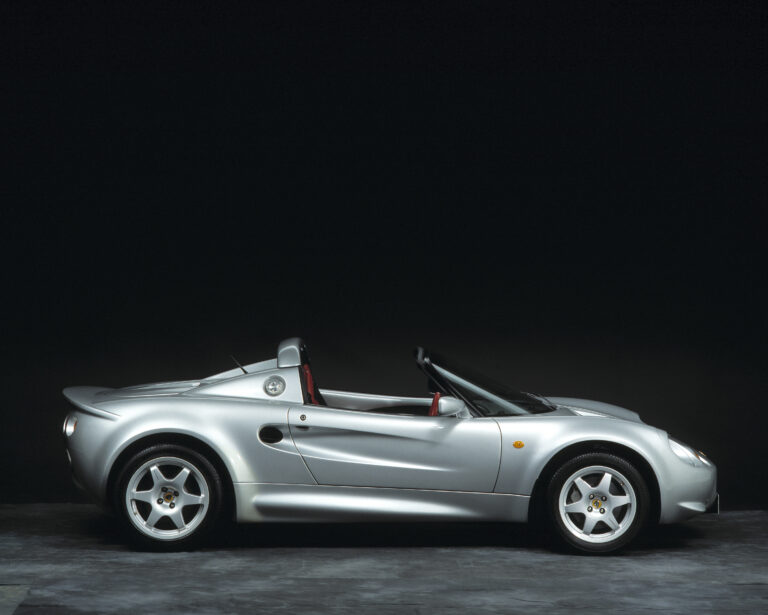 Opinion
OpinionOpinion: Progress isn’t the enemy for motoring enthusiasts
Car enthusiasts have never had it so good and yet we’ve never raged against the machine of progress quite so vociferously


